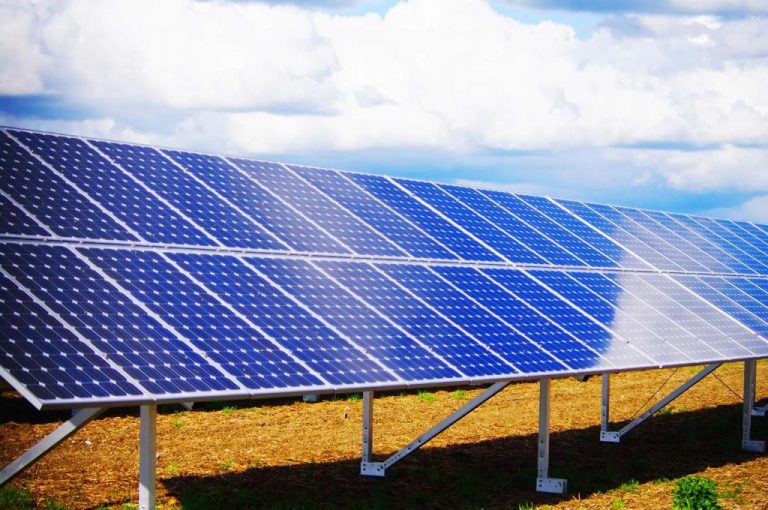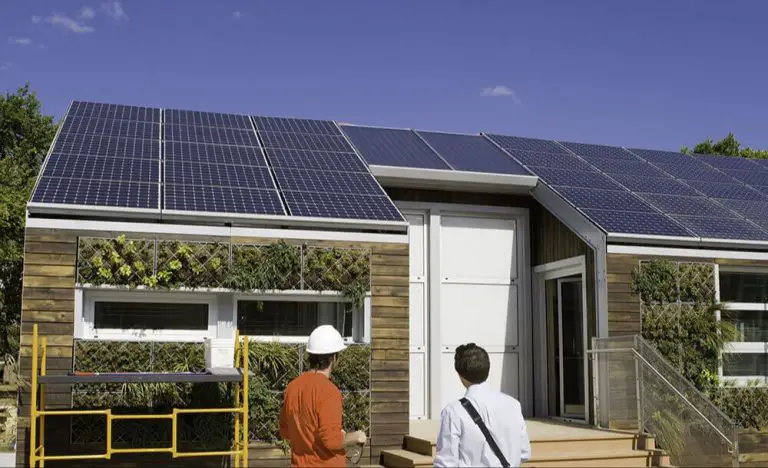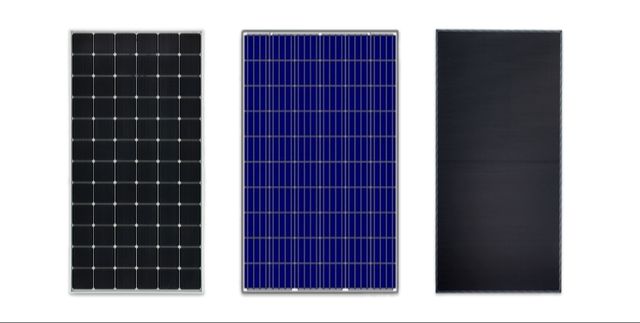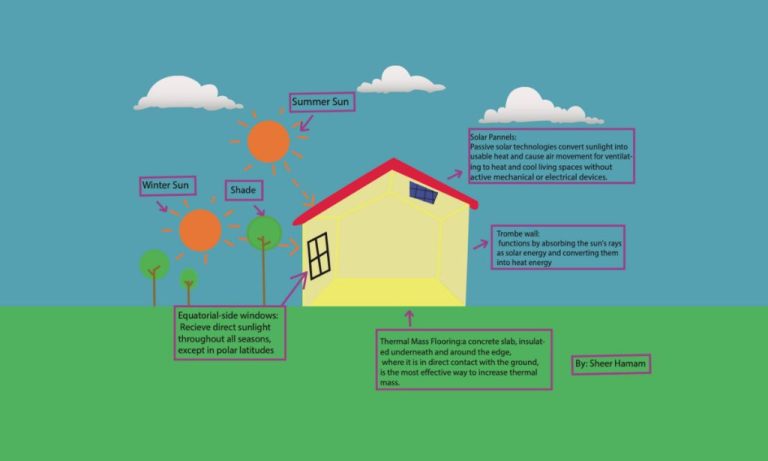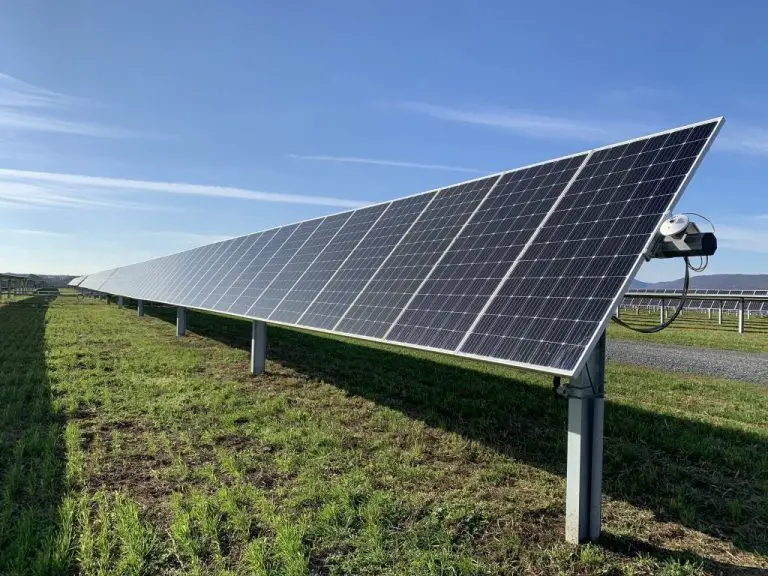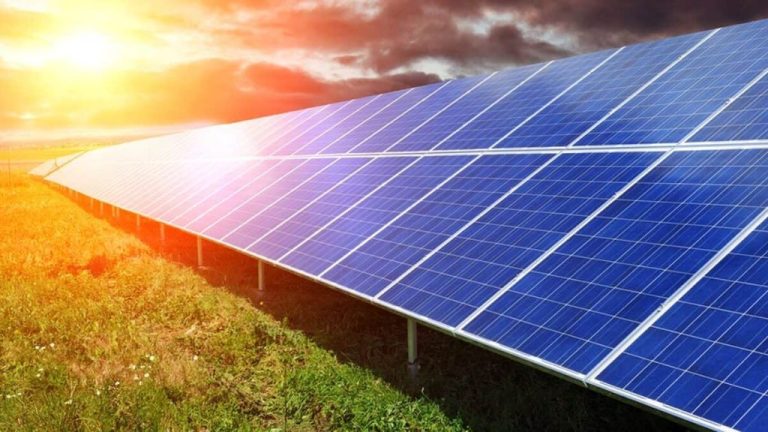How Efficient Are Solar Energy?
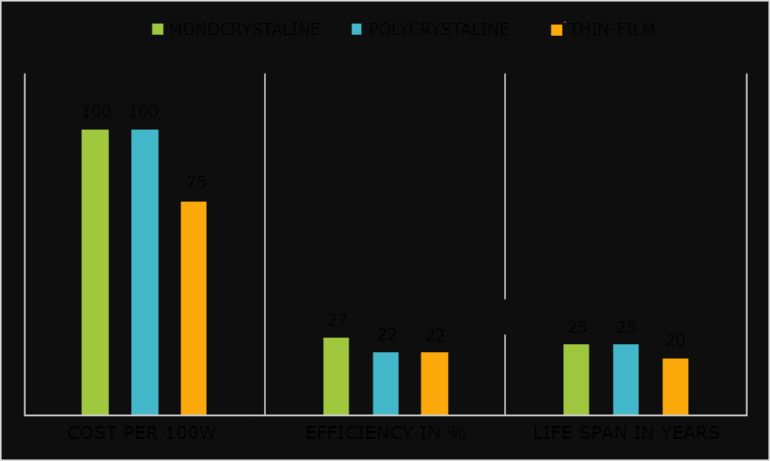
Solar energy has emerged as a promising renewable energy source, with solar installations and adoption growing rapidly in recent years. According to Energy5, the adoption of solar energy has witnessed impressive growth due to advancements in technology coupled with falling costs (Source). With solar increasingly becoming an economical option, assessing the efficiency of solar technologies can help determine their viability and potential. This article evaluates the efficiency of solar energy across key parameters like panel efficiency, capacity and production, costs, space requirements, storage and intermittency challenges, grid integration, and comparisons to other energy sources. By examining the efficiencies that solar technologies have achieved on these metrics, we can better understand their capabilities and role in our energy future.
How Solar Panels Work
Solar panels work through the photovoltaic effect, which is a process that converts sunlight into electricity. When sunlight hits the semiconductor material in a solar cell, the photons from the light excite the electrons in the atoms of the semiconductor, causing the electrons to break free from their bonds. This generates electron flow, which is harnessed as direct current (DC) electricity.
The most common material used in solar cells is crystalline silicon, though some solar panels also utilize thin-film materials like cadmium telluride (CdTe) or copper indium gallium selenide (CIGS). Crystalline silicon cells are made from silicon atoms connected to one another in a crystal lattice structure. The crystalline structure allows electrons to be knocked loose more easily. Thin-film cells use very thin layers of photosensitive materials deposited on glass or stainless steel backing. They tend to have lower efficiencies but cost less. Regardless of the material, the photovoltaic effect is key to converting sunlight into electrical current.
Source: How Solar Panels Work
Solar Panel Efficiency
The efficiency of solar panels indicates how much of the sun’s energy striking the panel is converted into usable electricity. There are two main efficiency measurements to consider:
Laboratory efficiencies refer to the maximum efficiency achieved under ideal controlled conditions. The highest lab efficiency reached is around 47% for multi-junction concentrator cells [1]. However, commercial panel efficiencies are more modest.
The most common solar panels on the market today have commercial efficiencies of 15% to 22% for crystalline silicon panels, and 7% to 13% for thin-film technologies [2]. Several factors impact solar panel efficiency:
- Materials like monocrystalline silicon tend to be more efficient than polycrystalline silicon.
- Higher temperatures cause efficiency to drop slightly.
- Angling panels away from direct perpendicular sunlight lowers efficiency.
Overall, advances in materials and manufacturing continue to push commercial solar panel efficiencies higher over time.
Capacity and Production
The capacity of a solar energy system refers to the maximum power rating, typically measured in watts or kilowatts (kW). This rating represents how much power the system can produce under ideal conditions. For example, a 5 kW solar panel system has a capacity to produce up to 5,000 watts of power.
However, solar panels rarely operate at their full rated capacity. Capacity factor is used to estimate actual production based on capacity. According to the National Renewable Energy Lab, the average capacity factor for solar PV systems ranges from 15-30%, depending on the location and system design. This means a 5 kW system would realistically produce around 1,500-2,500 kWh per year.
Capacity to production conversion also depends on hours of sunlight available. One commonly used estimate is that 1 kW of solar capacity will produce around 1,250-1,750 kWh per year in many parts of the U.S. Therefore, a 5 kW system could produce 6,250-8,750 kWh annually. However, solar potential maps provide location-specific capacity to production conversions.
Cost Efficiency
The costs of solar panels and installation have declined substantially over the past few decades. According to SaveOnEnergy, in 2002 the average cost of home solar panels in the U.S. was $12.2 per watt (W). By 2021, the average cost had dropped to around $2.7 per W, a reduction of nearly 80%.
The National Renewable Energy Laboratory (NREL) has been tracking the installed price of solar photovoltaic (PV) systems in the U.S. since 1998. Their research shows that between 1998 and 2021, the price of residential PV systems fell by $5.20 per W, or 70%, while commercial PV system prices fell by $4.60 per W, a 62% reduction (NREL). This steady decline in solar costs is making solar energy more affordable and attractive for homeowners and businesses.
Further cost reductions are expected in the future as solar panel technology continues to advance, manufacturing scales up, and soft costs like permitting and installation labor decrease. However, federal and state incentives have also played a key role in accelerating solar adoption by offsetting upfront costs. Maintaining supportive policies will be important for sustaining the pace of solar deployment going forward.
Space Efficiency
Solar panels require a significant amount of space for installation compared to more compact energy sources like fossil fuels. According to one study, solar energy has a power density of approximately 1.5 microjoules per cubic meter, which is over 20 quadrillion times less energy dense than oil (source).
The power density, or watts generated per unit area, is an important metric for measuring the space efficiency of solar panels. Typical solar panels have a power density ranging from 5 to 20 watts per square foot depending on the technology used. More advanced solar panels can reach power densities of up to 30 watts per square foot.
So while solar power can generate significant amounts of electricity, it requires substantially more surface area than other energy sources to produce the same amount of energy. Careful site selection, panel spacing, and mounting options can help maximize the power density and space efficiency of solar installations.
Storage and Intermittency
One of the main challenges of solar energy is that it is an intermittent power source, meaning solar panels only produce electricity when the sun is shining. This can cause issues matching supply with demand on the electrical grid. Batteries are commonly used to store excess solar energy during peak sunlight hours for use when the sun goes down or is obscured by clouds.
A key metric for energy storage is round-trip efficiency. This refers to the percentage of electricity put into the battery that can later be retrieved for use. According to the U.S. Energy Information Administration, utility-scale lithium-ion batteries have round-trip efficiencies around 85-95% [1]. For comparison, pumped hydro storage, which pumps water uphill into a reservoir when electricity prices are low and releases it through turbines when prices are high, has typical round-trip efficiencies of 70-85% [2].
Higher round-trip efficiency means less energy is lost when charging and discharging the battery. This improves the cost-effectiveness of using batteries to smooth out the intermittency of solar power generation.
Grid Integration
When integrated with the electric grid, solar energy can lose some efficiency through inverter and transmission losses. Most solar panels produce direct current (DC) electricity which must be converted to alternating current (AC) to connect with the grid. This conversion process through inverters leads to power losses typically around 5-10% (EIA).
Transmitting solar electricity over long distances on transmission lines also causes additional efficiency losses. The transmission and distribution losses average around 5% according to the EIA. Other analyses show grid losses ranging from 5-7% (ILSR, CleanTechnica). By generating electricity at the point of consumption through distributed solar, these grid integration losses can be minimized.
Comparisons to Other Sources
When comparing the lifecycle greenhouse gas emissions of solar energy to other energy sources, research shows that solar has much lower emissions than fossil fuels but is comparable to other low-carbon energy sources like wind, nuclear, and hydropower.
According to a meta-analysis, the median lifecycle emissions per kWh for utility-scale solar PV is between 10-20 g CO2/kWh. This is over 80x less than coal, 30x less than natural gas, and comparable to nuclear at 10-20 g CO2/kWh. Solar also has lifecycle emissions in the same range as wind and hydropower.
In terms of energy return on investment (EROI), various studies show solar PV has an EROI between 8-25. This means for every unit of energy used to build and operate solar panels, it generates 8-25 units of energy over its lifetime. This EROI is lower than fossil fuels, which range from 10-50, but still well above the minimum EROI threshold of 3-5 required for an economically viable energy source.
Overall, while solar may require more upfront energy to manufacture than fossil fuels, its minimal lifecycle emissions and renewable nature make it a crucial low-carbon energy source for transitioning away from high-emission fossil fuel dependency.
Conclusion
In summary, solar energy has become increasingly efficient over the past few decades thanks to improvements in solar panel technology and design. The most advanced solar panels today can convert over 20% of sunlight into electricity, up from just 6% in the 1950s. In terms of capacity and production, solar energy is rapidly scaling up and accounted for over 3% of total electricity generation in the US in 2020. While solar power is intermittent and weather-dependent, solar forecasts and grid integration technologies are helping mitigate this challenge. When considering all factors like panel efficiency, capacity, cost, and land use, solar PV ranks favorably compared to many other electricity sources.
Going forward, we can expect continued enhancements in solar cell technology, manufacturing, and installation techniques that will further drive down costs and improve efficiency. Emerging technologies like perovskite solar cells and solar thermal electricity generation promise even greater efficiencies in the future. With solar already among the cheapest sources of new electricity generation in many markets, ongoing innovations will solidify its role as a major renewable power solution globally.

